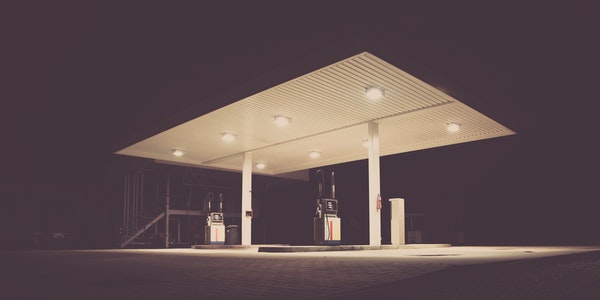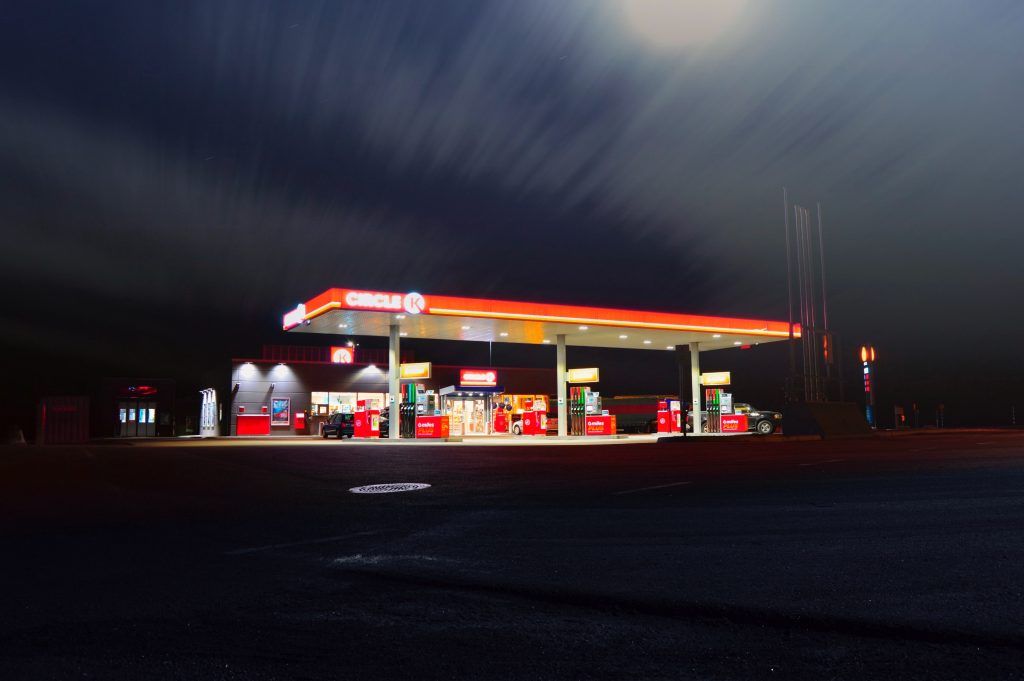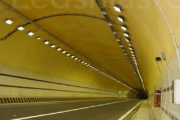Principles of Gas Station Lighting
Gas station lighting design can be divided into the following areas
- Canopy lighting,
- Convenience store lighting,
- Auxiliary area lighting (including automobile service, oil tank area, auxiliary station building, etc.)
- Image sign lighting (including brand column, oil light box, etc.)
- Outdoor lighting (including entrance and exit road lighting, etc.)
The lighting design of gas stations follows the following principles
- The principle of people-oriented-everything is based on customers and employees, attracting customers from a distance to enter the convenience store of the gas station for shopping, so that the gas station lighting can meet the needs of customers from the lighting effect to the heart. At the same time, good lighting can also Improve the work efficiency of employees and ensure a comfortable working environment.
- The principle of energy saving and consumption reduction-focusing on energy saving, the central principle of energy saving can be embodied from the concept of lighting, equipment selection to daily operation methods. Special reminder, in terms of light branch control, it is necessary to follow the principles of energy saving and consumption reduction, and adjust measures to local conditions. At the same time, it should comply with national standards.
- The principle of the lowest lifetime cost-the initial investment of comprehensive equipment, the lowest lifetime cost of use and maintenance.
- The principle of focusing on functional lighting, supplemented by decorative lighting.
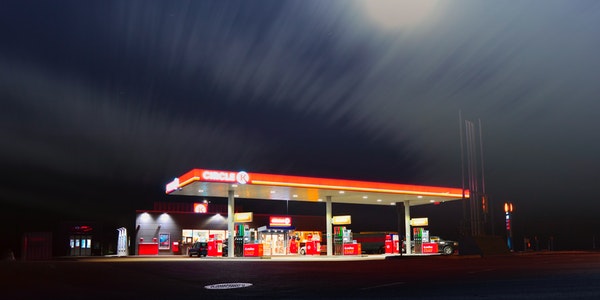
The purpose of gas station lighting
- Establish a sense of security and trust of customers and attract customers to patronize.
Bright and easily recognizable signs are particularly eye-catching and give customers a sense of security and trust. At the same time, they can better display the brand image of the gas station.
- A pleasant consumer experience will ensure that customers come back again
The main purpose of customers is to refuel, while shopping during a short break, car maintenance, etc. A good lighting environment at gas stations will bring customers a pleasant consumption experience and attract customers to visit the gas station again.
Lighting requirements for gas stations
The starting point of gas station lighting is to create a good shopping environment and provide customers with better services. When the customer first sees the gas station, the comfort of the lighting effect is the first element to please customers. According to the requirements of functionality, psychological needs and operating costs, the gas station lighting requirements comprehensively consider the following five elements:
- Lighting effect
Ensure the overall lighting effect with measurable lighting parameters, including the following aspects:
1) Proper horizontal illuminance and vertical illuminance–good horizontal illuminance can ensure the safety of driving, and proper vertical illuminance can ensure correct refueling operation. At the same time, it directly affects the customer’s impression of the gas station.
2) No glare interference,
3) Pleasant light color and good color rendering,
4) Comfortable brightness distribution, correct projection direction and perfect three-dimensional shape.
- Comfort and atmosphere
Create a comfortable environment with good lighting, create a good atmosphere, and meet the psychological needs of customers.
1) Vehicles enter and exit without glare,
2) The activities in the gas station are clearly visible,
3) The signs are easy to identify and locate,
4) Customers feel relaxed and comfortable.
- Cost and maintenance
Cost includes initial investment and operation and maintenance, and requires:
1) Low energy consumption-using the best lighting design and efficient lighting equipment to achieve low energy consumption requirements, reducing initial investment and operating costs,
2) Low maintenance-choose long life for light sources, electrical appliances and lamps to minimize the number of maintenance. Spare parts are easy to buy and easy to repair.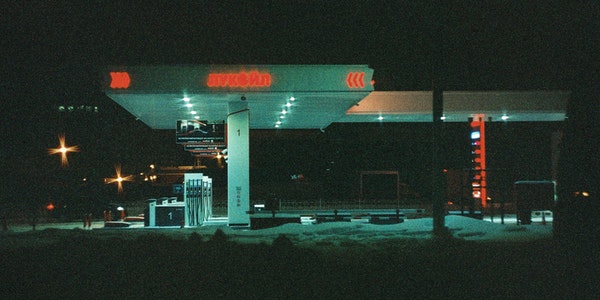
Gas Station Canopy Lighting
Gas station canopy lighting requires high-quality lighting with natural colors to ensure that the driver can clearly see the fuel information when entering the gas station, avoid obstacles, and enter safely. The latest canopy lighting concept is three-dimensional (3D) lighting. Different from the traditional two-dimensional (2D) lighting that only focuses on the ground, the core of the three-dimensional lighting is to effectively project light to the tanker, the side of the vehicle body and other vertical operating surfaces, not only the space under the hood is brighter, but also the viewing from a distance Can reflect the overall image of the gas station.
- Innovative 3D Lighting Concept
1) When the customer approaches the gas station, the asymmetric light distribution on both sides will project all the light under the canopy, making the tanker on the outside brighter.
2) In the refueling area, more light is cast on the tanker and the side of the body, and the tanker, cars, people and pillars are all clearly visible.
3) The well-designed lighting distribution can effectively control the glare. When the driver enters the gas station, there is no glare into the field of vision, which is safer and more comfortable.
- Advantages of 3D Lighting
1) Lower glare, safer and more comfortable,
2) Good vertical illumination can observe the tanker, car and people more clearly,
3) Relaxed, beautiful and attractive.
Canopy Lighting Area Division
Based on the principle of energy saving and consumption reduction, the gas station lighting adopts the partition lighting method with the lighting of the work area as the core, and divides the canopy into two areas-the work area and the work adjacent area:
1) Working area-the working area with the tanker as the core, 3 meters from the center of the outermost tanker,
2) Work adjacent area-other areas under the shed except the work area.
Lighting Standard for Gas Station Canopy
|
China National Standard GB50034-2004 |
|||||
|
Room or place |
Reference plane and its height |
Average illuminance standard value(lx) |
Color rendering index(Ra) |
Lighting power density |
Remarks |
|
Vehicles gas stations |
Ground |
100 |
60 |
6(Current value) |
Illumination of oil meter is not less than 50lux |
|
International Commission on Illumination CIE S 008/E 2001 Lighting Standard |
|||||
| workplace |
Average illuminance (lx) |
Illumination uniformity |
Color Rendering Index(Ra) |
Maximum glare index(GR) L |
|
| 1 |
Refueling zone |
150 |
0.4 |
20 |
45 |
| 2 |
Meter reading area |
150 |
0.4 |
20 |
45 |
Canopy Lighting Requirements
Lamps–
★Lighting manufacturing standards: IEC598
★IP Grading:
*Dustproof and waterproof grade Over IP65
*Electrical insulation class: Class I
★Lamp body: made of high-strength die-cast aluminum with electrostatic powder coating on the surface.
★Reflector: high purity aluminum
★Cover glass: 5mm high temperature resistant tempered glass
★Optical requirements
1) Suitable for awnings of different heights, there should be symmetrical and asymmetrical, and the light distribution meets the requirements of the three-dimensional lighting concept.
2) 150W lamp efficiency>85%, 400W lamp efficiency>80%, meeting energy saving requirements,
★Working Temperature: -20℃~+45℃
★Installation method: ceiling or embedded installation.
Light Source–
★LEDs
★Wattage: 150W / 400W
★CCT: 4500K±200K
★CRI>80
★Luminance:90~100lm/W
★Lifespan: >30000H / >20000H
Electrical appliances–
★Rated Voltage: AC100~240V
★PF>0.95
★System power consumption:<170W (150W), 425W(400W)
General Principles of Canopy Lighting Arrangement
According to the layout of the refueling island and the height of the lighting, the initial investment and operating costs are comprehensively considered to carry out a reasonable lighting layout.
- Choose lamps of different power according to the height of the canopy, generally choose 150W for below 9 meters and 400W for above 9 meters.
- Choose lamps with different installation methods according to the ceiling of the canopy,
- Under the same gas station canopy, choose two light distributions,
- Install symmetrical light distribution lamps between the two rows of tankers
- Arrange asymmetric light distribution lamps on the outside of the first and last rows of tankers in the work area.
Gas station convenience store lighting
Convenience store lighting concept
The main purpose of convenience stores is to stimulate consumers’ desire to buy. Good indoor lighting can create a pleasant shopping atmosphere and make it easy for customers to find the goods they need.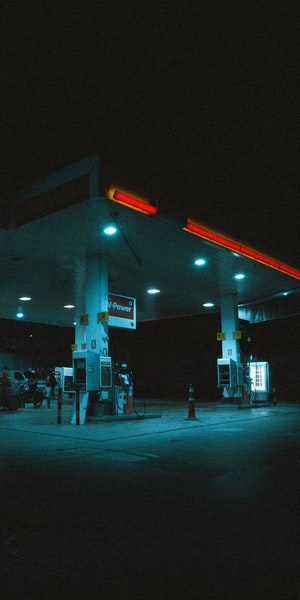
Convenience store lighting is generally divided into 3 parts:
- Lighting in the shopping area-the lighting in the shopping area uses white light to make the entire space very bright, so that customers who enter the room from the outside feel comfortable, safe, relaxed and convenient to buy goods.
- Work lighting in the cashier area-the lighting in the cashier area uses warm color light to create a welcome atmosphere when customers and staff meet face-to-face.
- Lighting of the shelf decoration area-the lighting of the shelf decoration area adopts warm colors. The shelves against the wall and the warm dark slot lights in the coffee area can better display the goods, form a background effect and create a soft shopping atmosphere.
|
Convenience Store Lighting International Standard |
||||||
|
Convenience store |
Reference plane and height |
Standard value of illuminance (lx) |
Illumination uniformity |
Uniform glare value |
CRI (Ra) |
Lighting power density |
|
Shopping Area |
0.75m horizontal |
500 |
0.7 |
22 |
80 |
20~17 |
|
300 |
13~11 |
|||||
|
checkout counter |
working desk |
500 |
/ |
/ |
||
★In lighting design, the corresponding maintenance factor should be selected according to the environmental pollution characteristics and the number of wiping times of the lamps, generally 0.8.
★Under normal circumstances, the design illuminance value can have an error of ±10% compared with the lighting standard.
★Use lighting power density values to reflect energy-saving indicators.

